Gay Marriage In North Dakota
Find out about how the North Dakota gay marriage laws and legislation changed after 2015 when gay marriage was allowed in the state at Manplay.com. People in North Dakota may have been slow to come around to accepting gay marriage, but it's slowly and surely happening. Citizens and state officials were both hesitant to recognize that same-sex couples were the same and deserved equal rights as them.
North Dakota Gay Marriage History
For a long time, residents of North Dakota were vocally opposed to gay marriage. The state has a documented history of gay residents and couples fighting for gay rights since the 1970s. This resulted in the legalization of "gay activity" in the state, making it essentially legal to be an openly gay person. Even still, only some cities in North Dakota would even allow openly gay customers into their businesses, including Fargo and Grand Forks. In fact, there was a bar in Fargo that had a "gay section" designating specifically for gay customers. Gay rights got a big push into the public debate in the 1980s when the mayor of Fargo stated publicly that he supported gay rights. He was even supporting efforts by a local business owner to open the very first gay bar in the town, which stayed open until 1989. Gay rights started gaining speed in North Dakota even more when in 1981, the Governor of the state signed a bill which protected workers from discrimination based on sexual orientation.
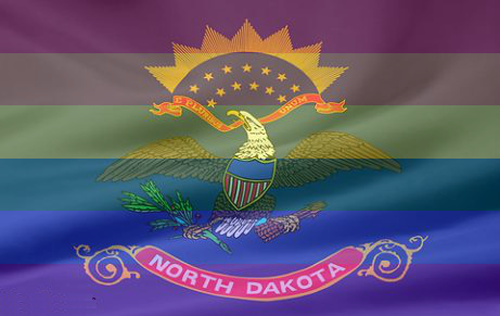
Fargo North Dakota had its first gay pride week in June of 1984, where the Mayor at the time signed a formal document officially recognizing the event. This was a huge step in terms of public support for gay people in North Dakota. However, in 1996 legislature was passed that halted progress toward North Dakota gay marriage being allowed. Officials passed the Defense of Marriage Act, which prohibits any and all recognition of gay marriage in North Dakota. This also included any gay marriages performed in any other state where it might be legal. The gay residents of North Dakota weren't discouraged though; a gay bar opened in Minnesota close to Fargo, which became the most popular gay hangout for people from all over North Dakota.
In 2004, North Dakota voters approved a state constitutional amendment banning any and all legal recognition of gay marriages and civil unions. The wheels of change started turning when on June 6th 2014 when seven gay couples filed a lawsuit against the state of North Dakota seeking the right to marry. The case of Ramsay v. Dalrymple sought not only the right to marry in their home state, but to also have marriages done in other states recognized in North Dakota. Their case was unsuccessful on a state level but they wouldn't have to wait long to have their win.
Things once again took a step backward in 2009 when the North Dakota government failed to put though a bill to protect gay people from being discriminated against for work or accommodations based on their sexual orientation. Even though the bill had passed at the State Senate level, the State House simply didn't have votes for it to pass. Gay rights in North Dakota took a leap forward when in November 2012 the first openly gay person was voted into State legislature. This person was Joshua Boschee. Regardless of the fact that a gay man was represented within government office, the bill protecting gay people from discrimination in work and housing once again came before the legislature. It once again failed to pass. This bill came before and was struck down by North Dakota legislature again in April 2015.
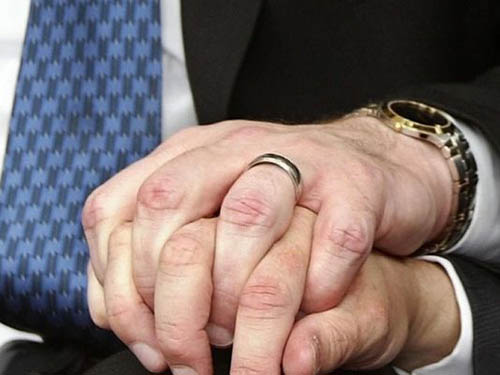
In June of 2015, everything changed for everyone when gay marriage in North Dakota became legalized. Prior to 2015, marriage was largely restricted to being between a man and a woman. These couples got their wish, when roughly a year later the groundbreaking case of Obergefell v. Hodges was victorious. In June of 2015, a judge on the case ruled that the denial of marriage rights to gay couples was unconstitutional. The couple involved in the case, James Obergefell and John Arthur, had filed a lawsuit against the state of Ohio because they had banned any recognition of out-of-state gay marriages. The couple were seeking legal acknowledgment of their marriage so that Obergefell could be named as Arthur's surviving spouse; Arthur was terminally ill. The couple won their case on a state level, but their case was eventually combined with similar cases from other states to be heard by the US Supreme Court. The landmark decision made by the Supreme Court was that all states must acknowledge gay marriages, and clerks must issue marriage licences to qualified couples, regardless of sexual orientation or gender identification.
When it came to workplace or housing discrimination based on a person's sexual orientation, North Dakota had no legislation in place to protect its gay residents until 2001. One city, Fargo, created a policy against discriminating on the basis of sexuality or gender. This policy only applied to people who worked for the city, but it was a start. In 2013, another major city, Grand Forks, followed suit and passed a policy that would protect their city's gay employees from gender-based and sexual discrimination. Later that same year, Grand Forks took it a step further, by passing legislation against the discrimination of gays when it came to housing and accommodations. The same bill was brought before the North Dakota Senate in 2015, but failed to receive enough votes to pass. Eliminating discrimination against the gay population in a legal level sets the ball rolling for acceptance of gay marriage. Setting the stage for gay marriage equality even more, there is no law in North Dakota that gay couples cannot adopt; nothing bans gay married couples from having custody of their children or from adopting. In the 1980s, the North Dakota Supreme Court stated that when it came to custody cases, the sexual orientation of the parent is what would decide who gets custody. This ruling was revered in 2003, so nothing is currently stopping a gay person from gaining custody of a child, in a sense.
North Dakota Gay Marriage Statistics
In the period between 2000 and 2010, the number of gay couples in North Dakota decreased by a margin of -20.50. In 2010, the estimated number of gay households in the state was only 559. This number relies on a number of factors, an important being that gay couples in the area could be afraid and hesitant to admit they're situation. The state is a traditionally a very religious one, which doesn't historically support gays or gay marriage. The religious opinion on gay marriage is strongly against at the moment, so some of the couples who may have obtained marriage licences are hesitant to admit it.
North Dakota doesn't have the highest population of gay couples, so it's not completely surprising that public opinion isn't totally in favor of gay marriage. A survey done in October of 2014 found that only 37% of voters supported gay marriage, while 50% were opposed. The other 13% weren't sure where they stood in their opinion on the topic. Having a low public approval isn't discouraging gay couples in North Dakota though. In January 2016, roughly 75 marriage licences issued to gay couples, which accounts for 1.5% of all marriage licences in the state.
Since the legalization of gay marriage on a federal level, 18 out of North Dakota's 53 counties have issued gay marriage licences. In those counties, only 60 licences have been issued to gay couples, which is a small number when compared to the average yearly number of marriage licences in the North Dakota - 4,500. In a state that hasn't always been known to be open minded toward gay marriage in the first place, small numbers aren't necessarily surprising. The fact that the numbers are now increasing is what matters.
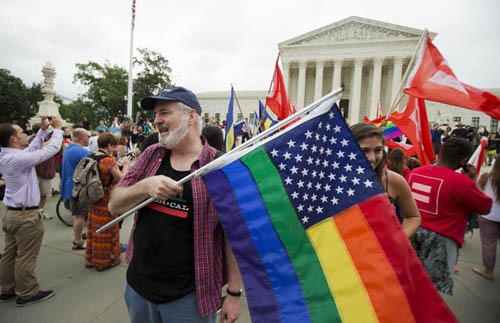
While public opinion hasn't always been high on the official end, there are many possible reasons for this. It could be that there are many more people who support gay marriage in North Dakota, but the intense religious attitude and churches strong stance against it discourage them from openly supporting it. This attitude comes out of fear, as these people are afraid of what might happen to them in a variety of scenarios if they were to publicly support gay marriage. Nonetheless, the numbers of public support for gay marriage are growing, so attitudes are clearly changing to favor it. Chances are, if everyone in North Dakota who actually supported gay marriage, and gay marriage being legal, the number would be much higher. Without the pressures from their religious factions, people would probably be much more likely to voice their true opinions on the subject. The truth is that gay marriage being legal in their state wouldn't effect anyone aside from the gay couples getting married. Most people who feel that there would be any kind of repercussions to voicing their honest opinion about gay marriage wouldn't speak truthfully when asked. So there are some definite limitations to censuses and studies on the topic of gay marriage, especially in a state that has historically been staunchly religious.
Current Status Of North Dakota Gay Marriage
In North Dakota, gay marriage has been legal since June 26th 2015. The ruling in the case of Obergefell v. Hodges allowed for gay couples to finally marry in their home state. Public opinion is currently on the low end of support, but the important fact is that the number is growing. The only official legislation being considered in regards to gay marriage in North Dakota is whether or not remove the previous ban that the state had in their constitution. There isn't any official opposition being proposed to legal gay marriage in the state, and this alone is a huge step forward. The important thing is that people remain vocal about their support for gay marriage in North Dakota being legal and staying that way. Acknowledging gay couples as legally married, and extending the same benefits to them as the state offers to straight couples, is just as essential as allowing the marriage in the first place. Public officials coming out in support of marriage equality for gay couples would be the next step to solidifying acceptance and keeping legislature in favor of gay marriage in North Dakota.
Future Status Of North Dakota Gay Marriage
Chances are that even though US Supreme Court ruled in favor gay marriage in all states, most of them likely won't change their state constitution to reflect the new laws. The future status of gay marriage in North Dakota is very positive though. The state is one of the first to publicly discuss making the official change. Changes are being considered to state law in order to reflect the Supreme Court gay marriage ruling. Nothing has happened with the decision on erasing the gay marriage ban from the state books, but it has gained public attention, which always helps advocate change. As long as people are fighting in favor of keeping gay marriage legal in North Dakota, then gay marriage will remain legal in the state. If the legislature does remove the previous bans from their records, then that would signify an official state acceptance of gay marriage. As far as that happening, it remains to be seen. Many other states have tried fighting the US Supreme Court decision, but North Dakota hasn't been one of them.
If you want to know more about gay marriage in North Dakota go to:
- North Dakota Marriage Ruling Sends A Few Gay Couples To Courthouses- Local Gay Marriage Issues In North Dakota

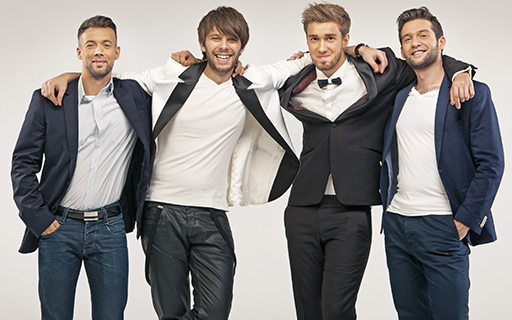




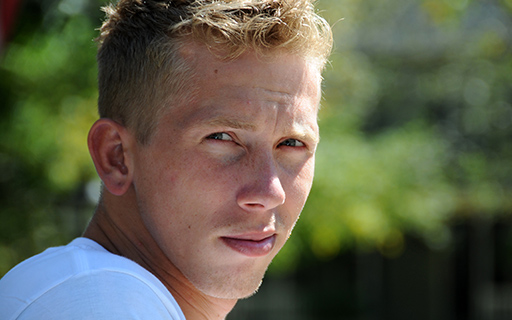

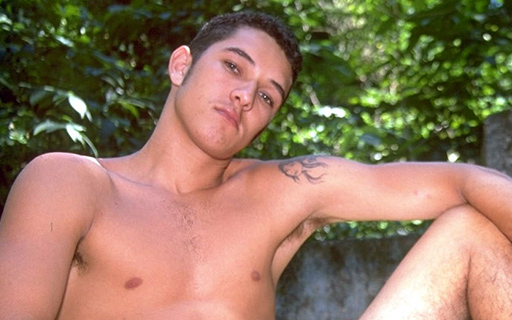
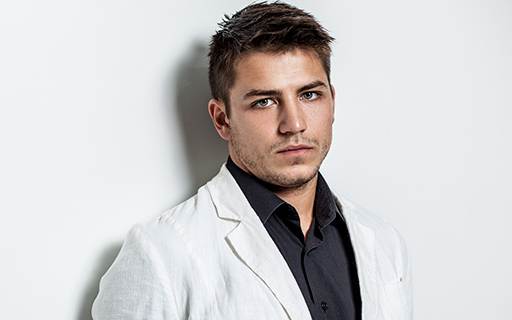

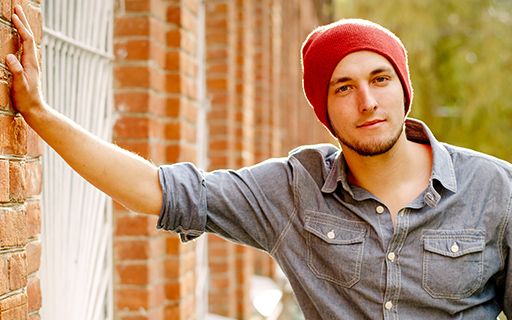
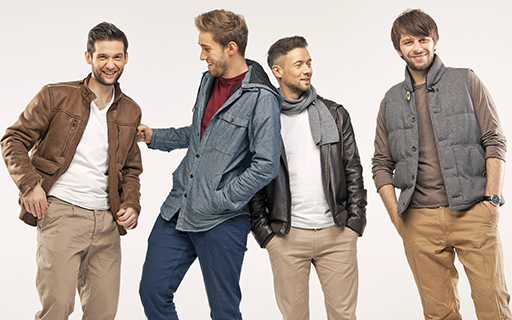
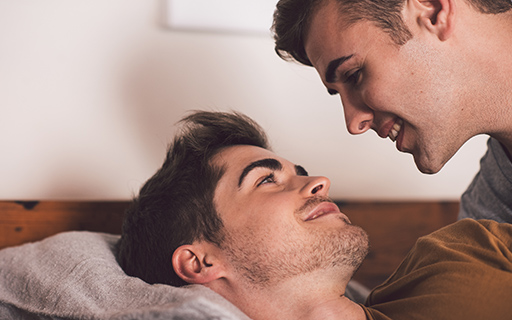




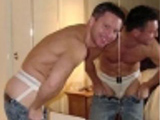



















































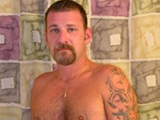









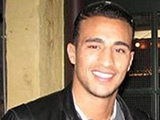







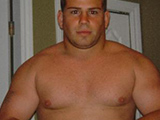

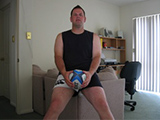
























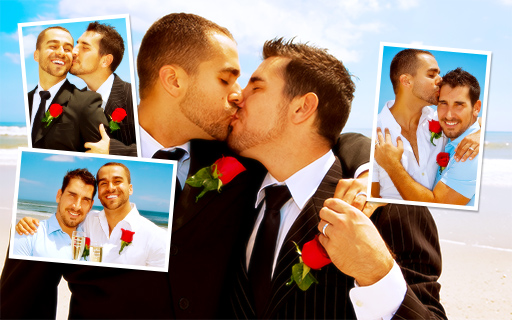
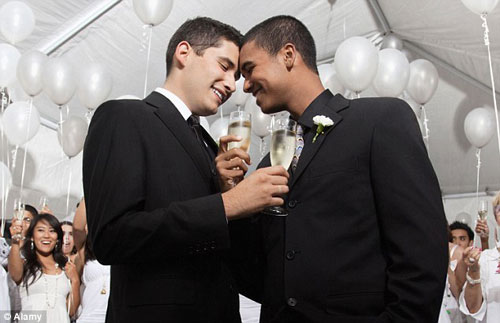
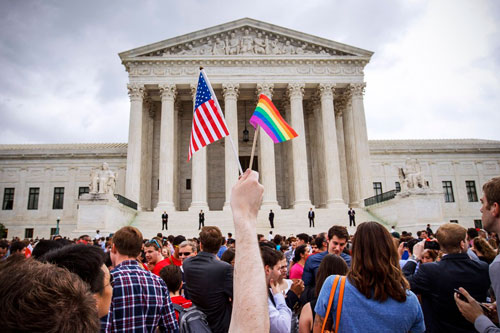
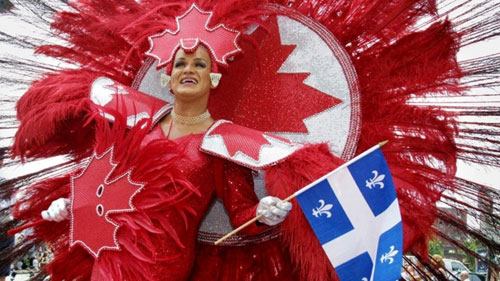





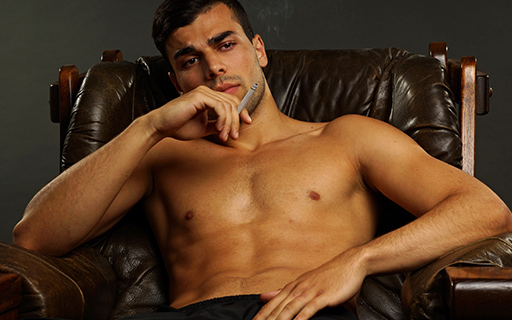
Comments